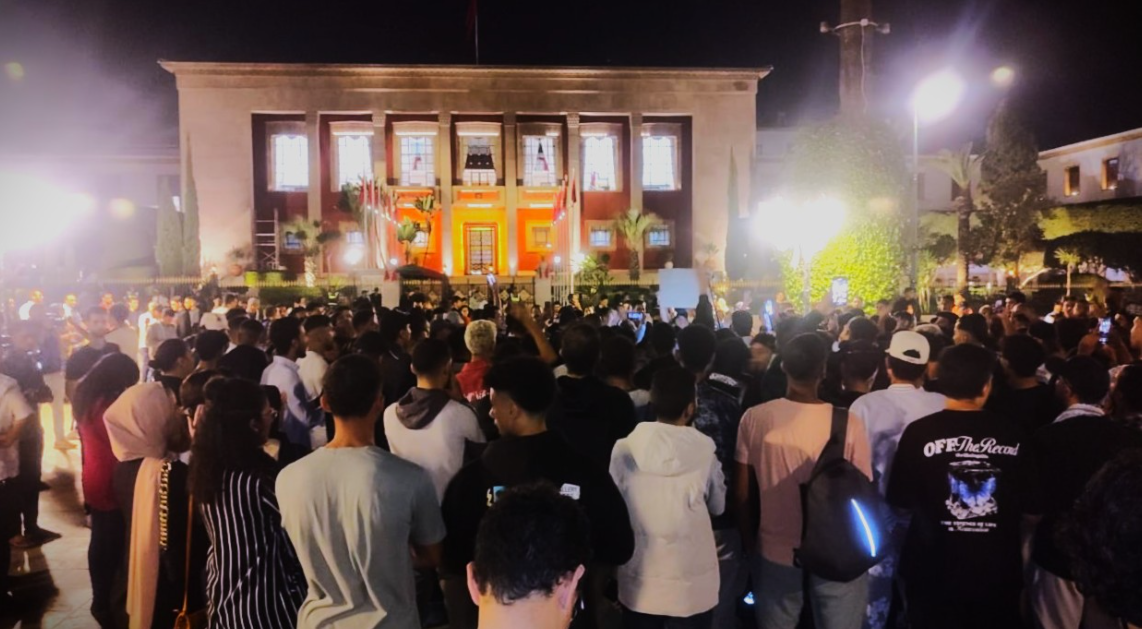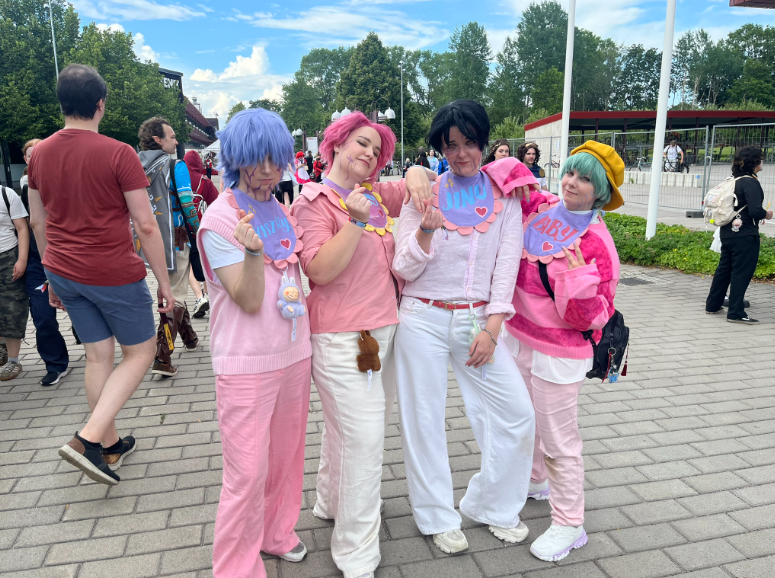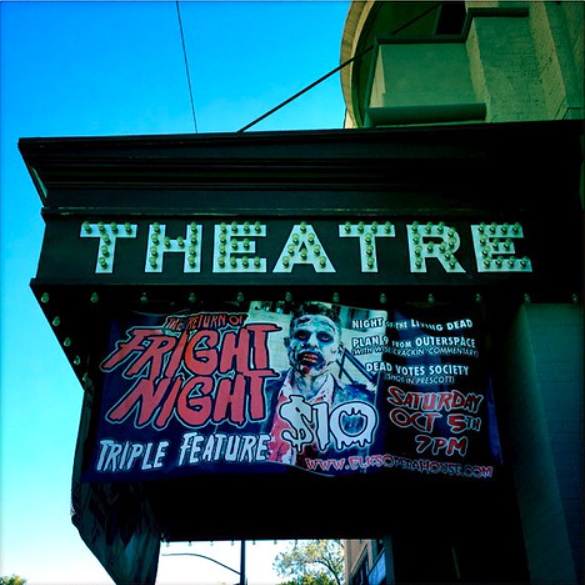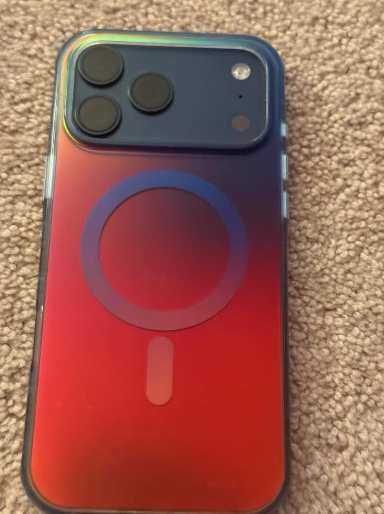The History of the High-Five
February 27, 2022
The high-five has a mysterious and somewhat controversial origin. The low five was already popular among African Americans during the Jazz Age for many years when someone decided to raise it up. There are many stories as to how this happened: some believed it began in women’s volleyball around the 1960s, and even Magic Johnson claimed to have made it up during his time at Michigan State, but three main stories prevail.
The first story is about a man named Lamont Sleets. According to a 2007 press release on National High-Five Day, the gesture came from interactions with his father, who served in Vietnam within the 1st Battalion, 5th Infantry. As a child, the men from his father’s unit, which was also known as the Five, would come over to their house and would greet each other with their signature move, which was an early version of the high-five as they said, “Five!” Little Lamont, according to ESPN, “loved to jump up and slap his tiny palms against their larger ones. ‘Hi, Five!” he’d yell, unable to keep all their names straight.’ When he was playing college basketball years later, he would high-five his teammates in celebration. Soon, the other teams started to use it, and so on. But the catch of this whole story is that it isn’t true. Lamont Sleets is real, but the rest of the story was all a publicity stunt.
Glenn Burke is the center of the next story, maybe the most famous one. He was an outfielder for the LA Dodgers and apparently invented the high-five during a game on Oct.2, 1977. After his teammate, Dusty Baker, got his 30th home run, Burke, “waiting on deck, thrust his hand enthusiastically over his head to greet his friend at the plate. Baker, not knowing what to do, smacked it,” according to ESPN. And so it began, the gesture catapulting itself around the league. Though, there was no footage of the game that day, and unfortunately, Burke fell out of the spotlight after being traded to the Oakland A’s after coming out as gay.
The last story sets the scene at a 1978-1979 season basketball practice at the University of Louisiana. Players Wiley Brown and Derek Smith switched up a basic low five to one up in the air. Later on, as a coach for Indiana University, Brown talked about how it made more sense for the team’s celebration to be up in the air as they were called the “Doctors of Dunk,” Footage shows the high-five being used between the Louisiana team during the following season. And, like the other stories, others copied the fun new thing.
Will we ever know the first person to do a high-five? Again from ESPN, author Jon Mooallem brings up the idea that something like this can be invented multiple times, so no, we most likely won’t. The high-five can be seen everywhere, from interactions at the workplace, to nearly every sport, congratulations after a great recital, or a way to meet a baby. Hey, high-five!













